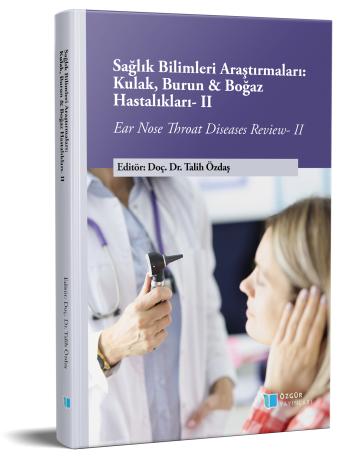
Keloid and Hypertrophic Scar
Chapter from the book:
Özdaş,
T.
(ed.)
2023.
Ear Nose Throat Diseases Review II.
Synopsis
In mammals, a complex and progressive wound-healing process occurs as a response of the body to a disruption in skin integrity. During the remodelling phase of wound healing, collagen accumulation occurs in an organised manner, resulting in a normotrophic scar. Disruptions during this process can lead to excessive collagen synthesis and accumulation, resulting in hypertrophic scars or keloids. Keloid extends beyond the boundary of the scar, while hypertrophic scar does not exceed the boundary of the scar. The wound-healing process can occur in different spectrums ranging from excessive fibrosis to atrophy following burns, trauma, and inflammatory conditions. Increased inflammatory and proliferative processes and decreased remodelling processes lead to excessive accumulation of extracellular matrix. Genetic and systemic factors are also associated with these excessive scar lesions. Keloids and hypertrophic scars have a wide range of treatment options, requiring a robust interdisciplinary organisation between dermatologists, plastic surgeons, and other professionals involved in treating and managing these conditions. A multidisciplinary approach can prevent or significantly improve the formation of keloids and hypertrophic scars. Applying pressure and occlusive dressings after surgical procedures has been shown to contribute positively to wound healing and reduce the recurrence rate. When looking at the overall applications in treating keloids and hypertrophic scars, the following interventions are commonly used: corticosteroids, surgical scar revision, radiotherapy, laser treatments, and emerging treatment protocols such as stem cell therapy, interferon, and botox. Although promising results of molecular or cytokine-targeted therapies are continually reported, current prophylaxis and treatment strategies focus primarily on reducing inflammatory processes. To develop more effective prophylaxis and treatment strategies, it is necessary to understand further the mechanisms underlying excessive scar formation.

